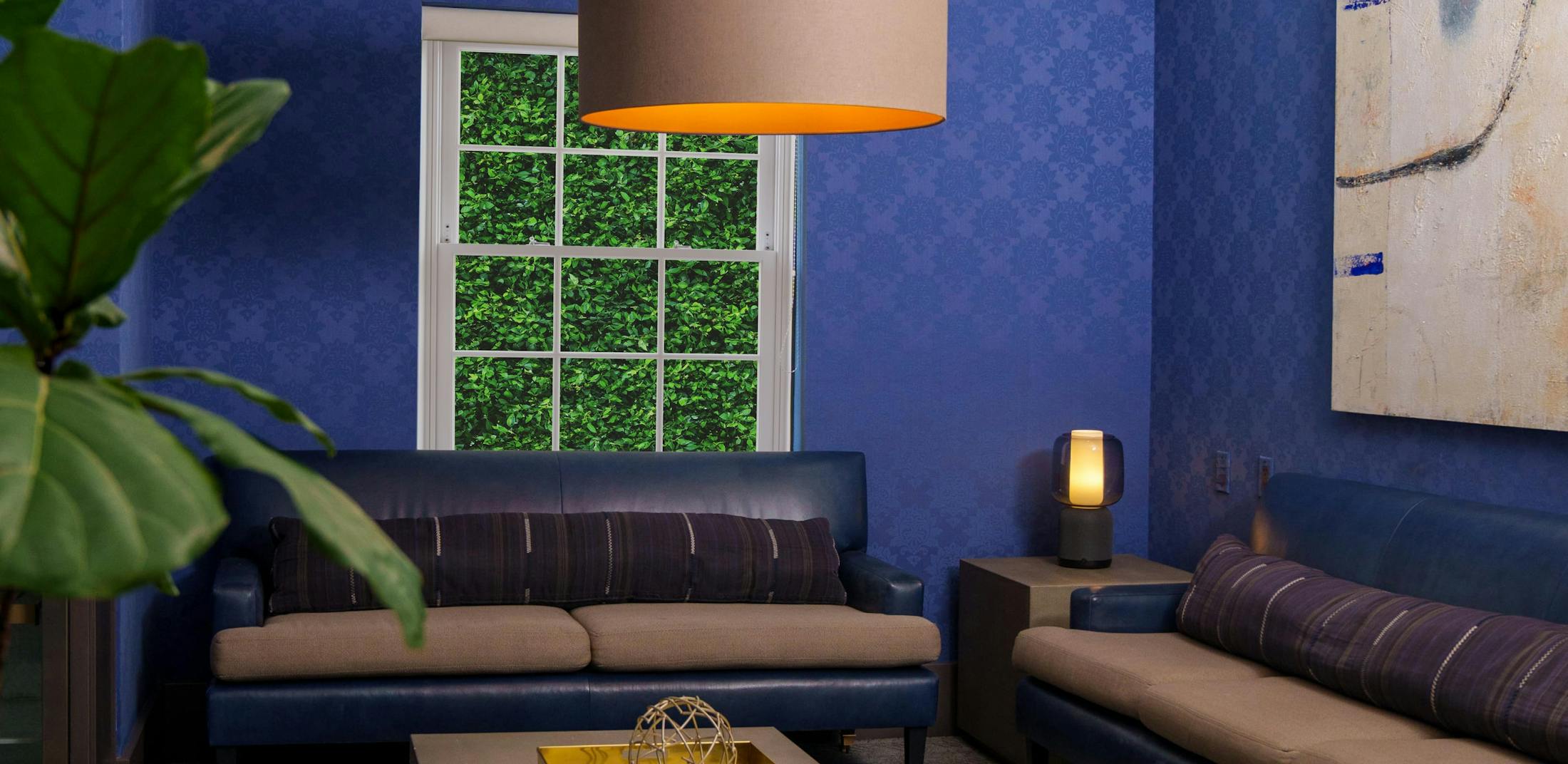
According to the Mayo Clinic, 70-80% of people have a noticeable septal deviation. For those who suffer from more severe septal deviation that causes a nasal obstruction, a septoplasty may be recommended. A septoplasty is a surgery that corrects nasal blockages. It is one of the most common ENT procedures in the United States and is used to treat chronic sinusitis, nasal polyps, and other conditions that cause nasal obstructions.
Do I Need a Septoplasty?
The nasal septum is the structure that supports the nose and separates the left and right airways in the nostrils. Although deviated septa are very common, not all deviated septa are serious enough to need a septoplasty. When the septum bends one way, breathing can be impacted and airflow reduced in one of the airways. This can cause one side to be dry, contributing to crusting and bleeding. The obstruction can also cause congestion as well as making the tissues lining the nose swollen. This can contribute symptoms such as:
· Difficulty breathing
· Frequent nosebleeds
· Chronic sinus infections
· Noisy breathing during sleep
· Snoring
· Pain in the face
Some people are born with a deviated septum, but sometimes it can be caused by injury or the natural aging process. If you suffer from these symptoms, you should talk to your doctor for an examination to diagnose a deviated septum.
The Septoplasty Procedure
If your doctor determines you have a deviated septum, they may suggest other treatments before a septoplasty based on your symptoms. If a septoplasty is suggested, here is what you can expect during the procedure.
1. Anesthesia will be administered before the procedure to ensure patient comfort.
2. Your surgeon will make an incision within the nasal cavity to reduce any appearance of scarring.
3. Your doctor will lift away the membrane that covers the surface of the septum on one side.
4. The bone or cartilage of the deviated septum is removed, leaving behind the membrane.
5. When the septum is in the desired position, the membrane is repositioned around the septum and sutured back together.
Most people experience drastic improvement in their nasal obstruction after a septoplasty. The nose will be packed to stop any bleeding following the surgery. If splints are placed in the nose, these will likely be removed in about a week or so. Pain, congestion, and bleeding are common following the procedure, but these should resolve over the next few weeks.
If you suffer from a breathing obstruction, chronic sinus infections, or snoring, you may have a deviated septum. This condition is extraordinarily common, and when it impacts your quality of life, it can be an irritating hindrance and affect your day-to-day activities. A septoplasty may be an option for correcting this condition and help you feel better than ever in just a few short weeks.

